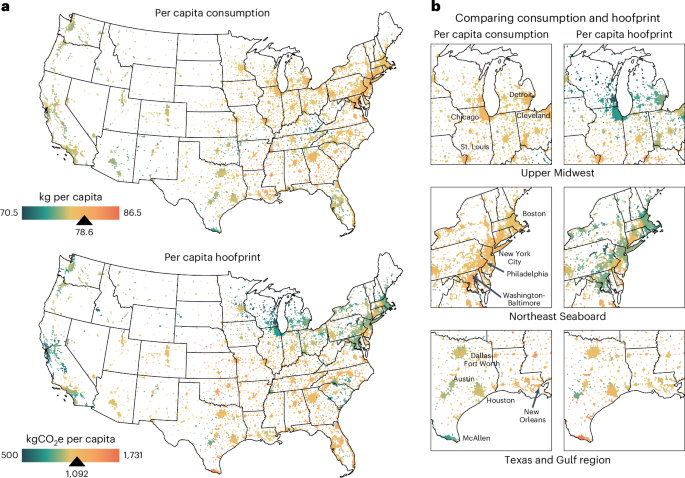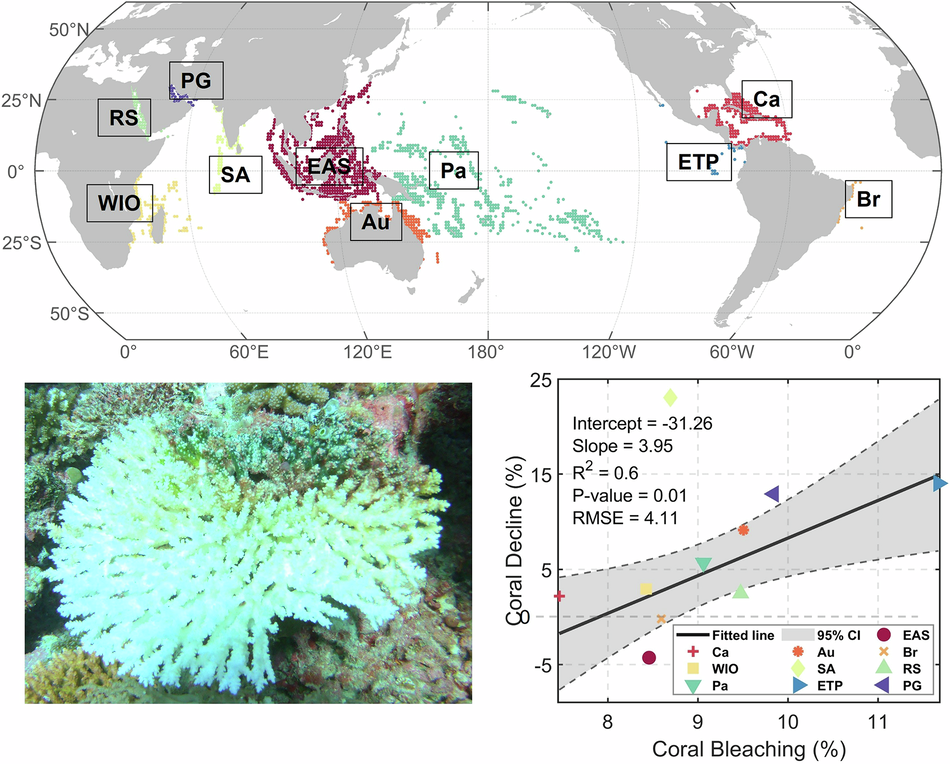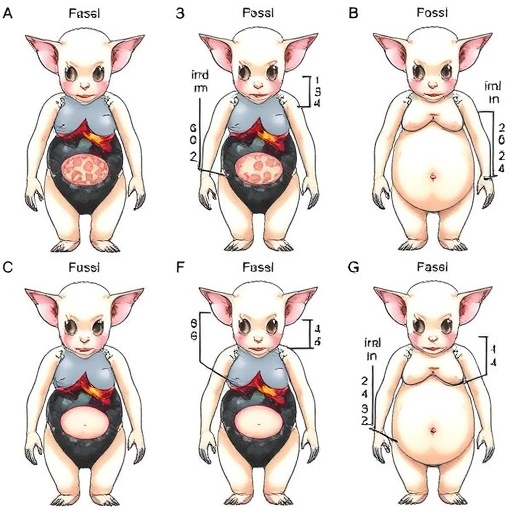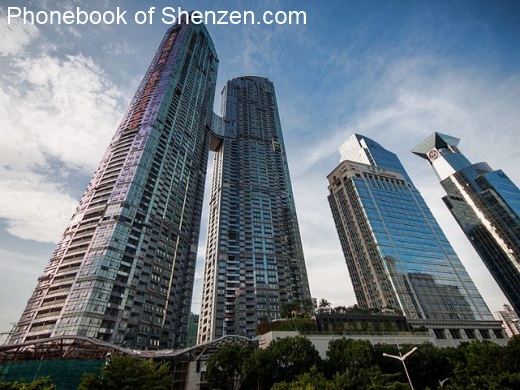Department of Transportation – Commonwealth of Pennsylvania (.gov)

PennDOT’s Commitment to Sustainable Transportation Development
Overview of PennDOT’s Responsibilities
The Pennsylvania Department of Transportation (PennDOT) manages a wide range of programs and policies impacting multiple transportation sectors including highways, urban and rural public transit, airports, railroads, ports, and waterways. A significant portion of PennDOT’s annual budget—over 75%—is allocated to maintaining and improving Pennsylvania’s extensive network of approximately 122,000 miles of state and local highways and 32,000 bridges.
Infrastructure Management and Public Services
- PennDOT is directly responsible for nearly 40,000 miles of highways and approximately 25,400 bridges, a system originally established in 1911.
- The department administers 11.8 million vehicle registrations and 10.2 million driver’s licenses and identification cards.
- It also oversees safety and emissions inspection programs to ensure compliance and environmental protection.
Workforce and Equity Initiatives
With a workforce of nearly 12,000 employees operating from maintenance garages to driver’s license centers, PennDOT is dedicated to continuous improvements. The department emphasizes enhancing equity within transportation systems to serve all communities fairly and strives to create a safer, more connected Pennsylvania.
Alignment with Sustainable Development Goals (SDGs)
- SDG 9: Industry, Innovation, and Infrastructure
- Investment in extensive highway and bridge infrastructure supports resilient and sustainable industrial development.
- Modernization of transportation networks promotes innovation and economic growth.
- SDG 11: Sustainable Cities and Communities
- Management of urban and rural public transportation enhances accessibility and inclusivity.
- Efforts to improve equity in transportation systems contribute to sustainable urban development.
- SDG 13: Climate Action
- Safety and emission inspection programs help reduce environmental impact and promote cleaner air.
- Investment in sustainable transportation infrastructure supports climate resilience.
- SDG 3: Good Health and Well-being
- Ensuring safer transportation systems reduces accidents and improves public health outcomes.
Latest News and Press Releases
For ongoing updates and detailed information on PennDOT’s projects and initiatives, refer to the official news and press releases section.
1. Sustainable Development Goals (SDGs) Addressed or Connected
- SDG 9: Industry, Innovation and Infrastructure
- Focus on highways, bridges, and transportation infrastructure development and maintenance.
- SDG 11: Sustainable Cities and Communities
- Emphasis on urban and rural public transportation systems and improving connectivity.
- Enhancing equity in transportation systems for all people.
- SDG 3: Good Health and Well-being
- Oversight of safety and emission inspection programs to ensure safer transportation.
- SDG 13: Climate Action
- Emission inspection programs relate to reducing environmental impact and addressing climate change.
2. Specific Targets Under Those SDGs Identified
- SDG 9 Targets
- Target 9.1: Develop quality, reliable, sustainable and resilient infrastructure, including regional and transborder infrastructure, to support economic development and human well-being.
- Target 9.4: Upgrade infrastructure and retrofit industries to make them sustainable, with increased resource-use efficiency and greater adoption of clean and environmentally sound technologies.
- SDG 11 Targets
- Target 11.2: Provide access to safe, affordable, accessible and sustainable transport systems for all, improving road safety, notably by expanding public transport.
- Target 11.3: Enhance inclusive and sustainable urbanization and capacity for participatory, integrated and sustainable human settlement planning and management.
- SDG 3 Targets
- Target 3.6: By 2020, halve the number of global deaths and injuries from road traffic accidents.
- SDG 13 Targets
- Target 13.2: Integrate climate change measures into national policies, strategies and planning.
3. Indicators Mentioned or Implied to Measure Progress
- Infrastructure and Transport Indicators
- Number of miles of highways and bridges maintained and improved (e.g., 40,000 miles of highway, 25,400 bridges).
- Investment amounts in transportation infrastructure (e.g., more than three-quarters of annual budget).
- Number of vehicle registrations and driver’s licenses issued (e.g., 11.8 million vehicle registrations, 10.2 million driver’s licenses and IDs).
- Safety and Emission Indicators
- Performance of safety inspection programs (implied through oversight responsibilities).
- Emission inspection results to track environmental impact and air quality improvements.
- Equity and Accessibility Indicators
- Measures of equity in transportation access and services for all people (implied focus on enhancing equity).
- Number of employees working towards improvements and connectivity, reflecting capacity and commitment.
4. Table of SDGs, Targets and Indicators
| SDGs | Targets | Indicators |
|---|---|---|
| SDG 9: Industry, Innovation and Infrastructure |
|
|
| SDG 11: Sustainable Cities and Communities |
|
|
| SDG 3: Good Health and Well-being |
|
|
| SDG 13: Climate Action |
|
|
Source: pa.gov

What is Your Reaction?
 Like
0
Like
0
 Dislike
0
Dislike
0
 Love
0
Love
0
 Funny
0
Funny
0
 Angry
0
Angry
0
 Sad
0
Sad
0
 Wow
0
Wow
0








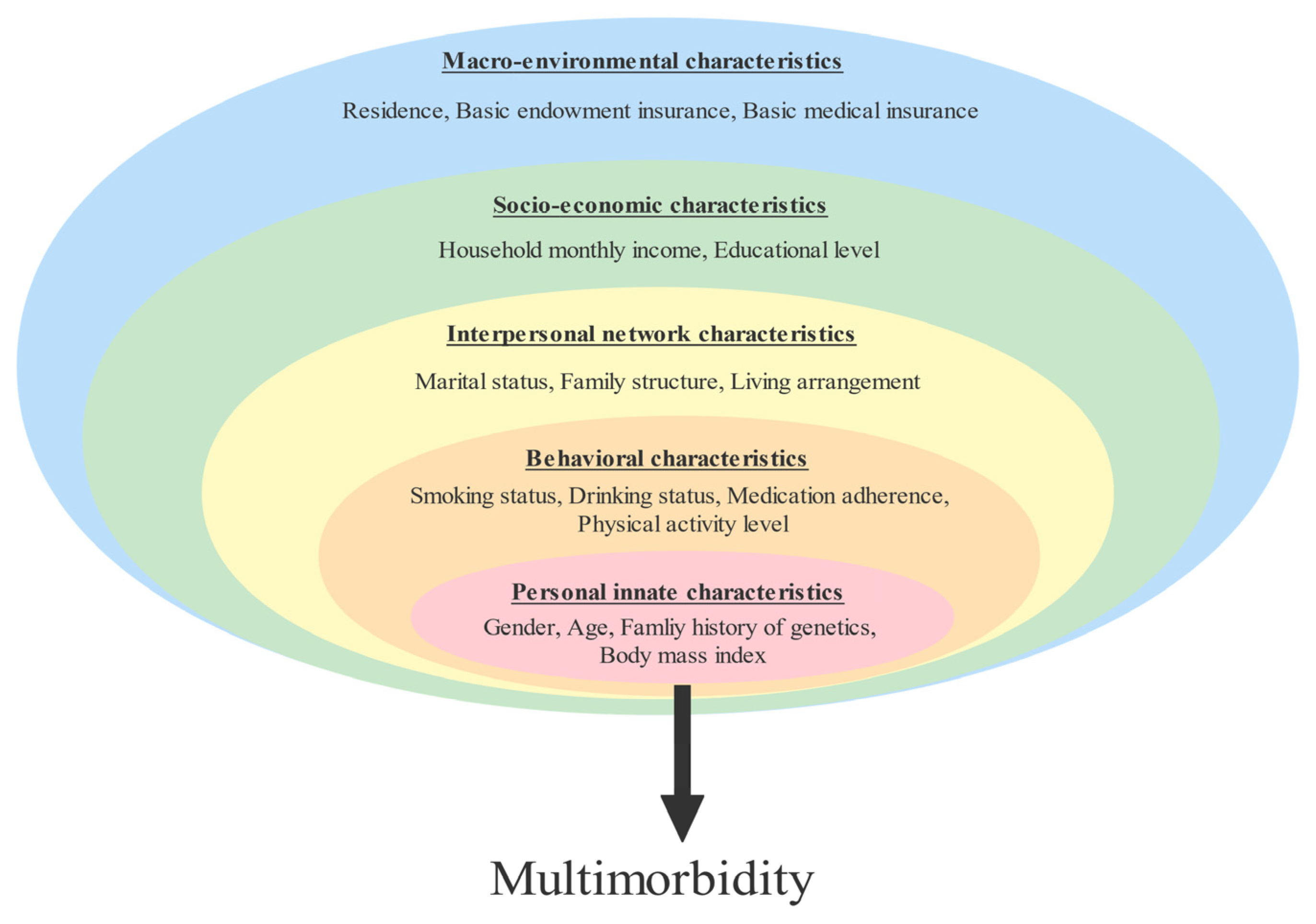



















:focal(2620,1821)/https://media.globalcitizen.org/60/0a/600a77ce-594c-49ce-b428-dd977e3d2328/d4_csdw_thailand_2149_1.jpg?#)









